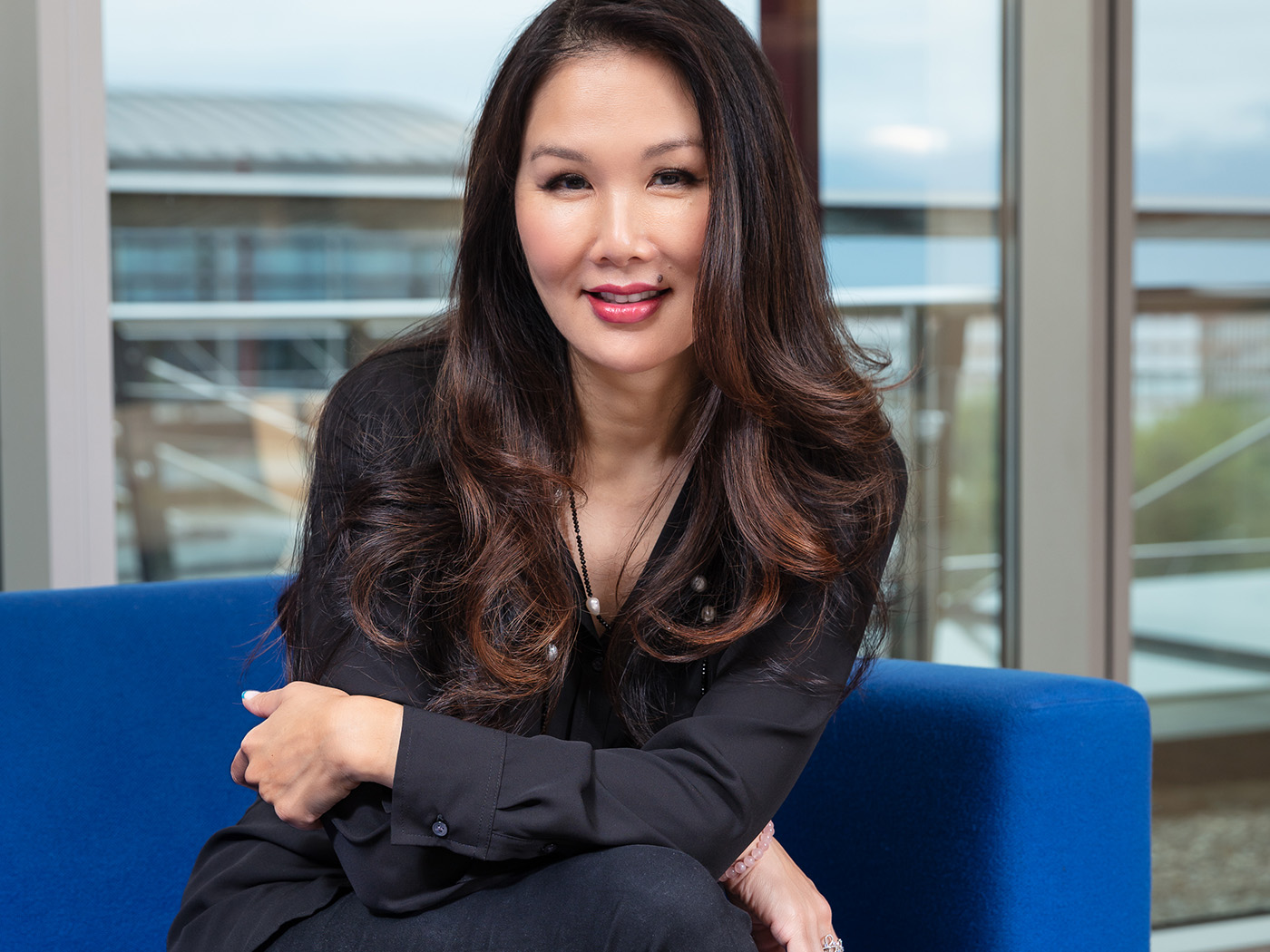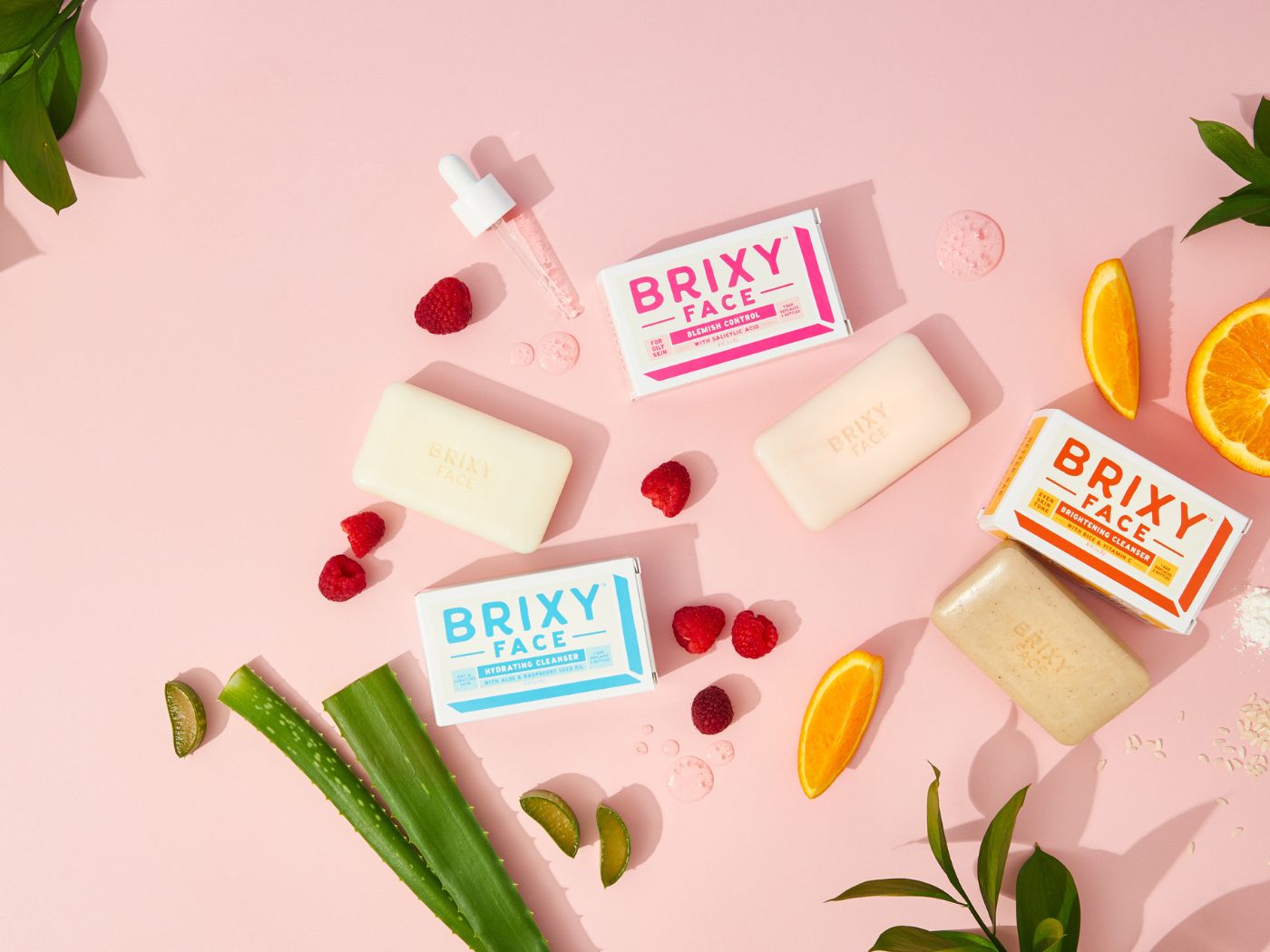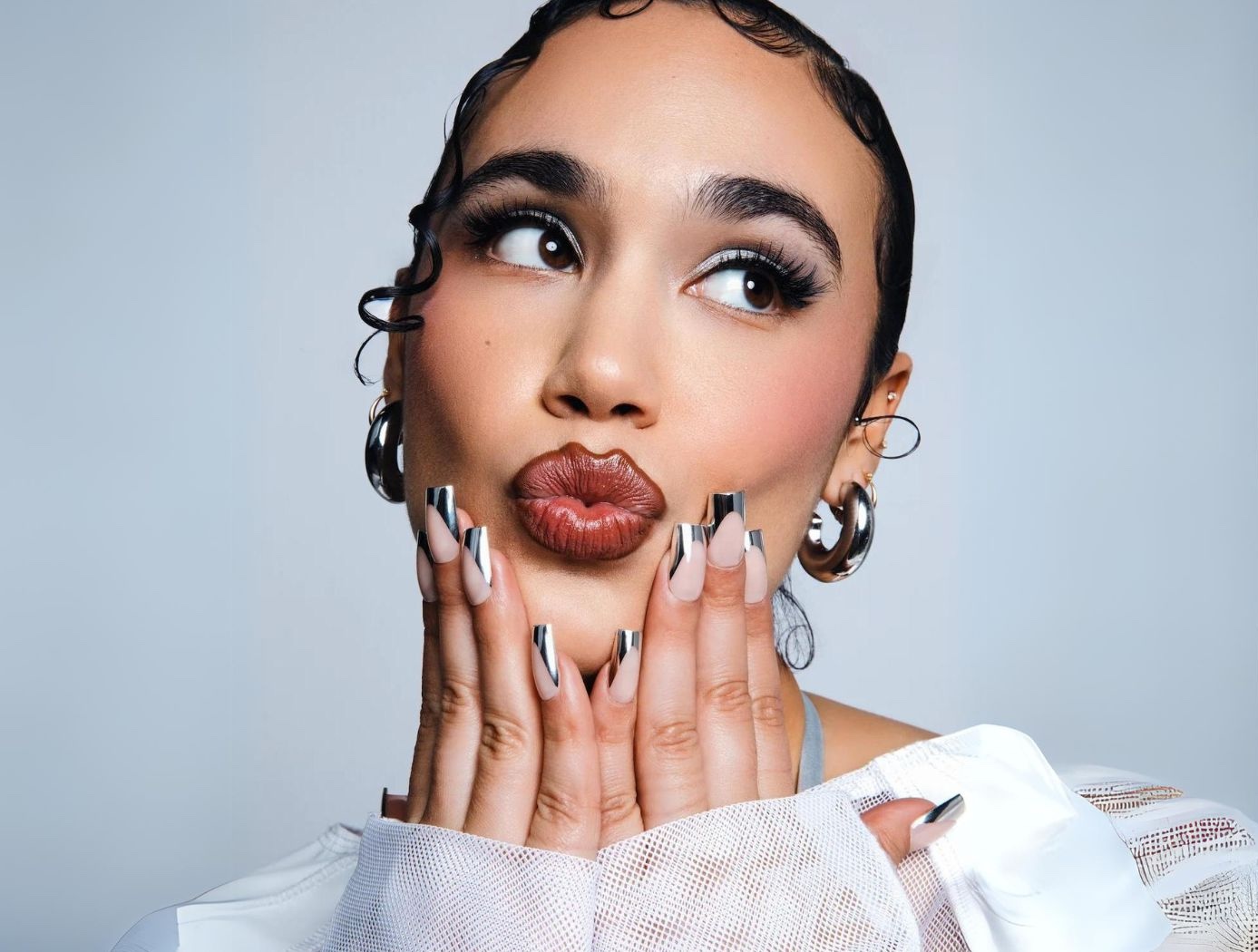As told to Ruthie Phillips
My cousins use these acronyms: ABC. American-Born Chinese. They call me ‘fresh off the boat.’ I came to the U.S. when I was 7 and couldn’t speak a stitch of English. I still remember going into the 2nd grade and being taught the ABCs.
I always knew I was a little bit different. Like a lot of migrant families, you end up where you know someone. My dad’s twin brother received his master’s from Seattle University, so we migrated there. We were the only Asian people in our neighborhood. While other kids were out playing on the weekend, I was in Chinese language school every Saturday. I used to hate that, but I appreciate the second language now.
At age 10, I knew I was going to run a business. There was always this entrepreneurial spirit. As a kid, I had a perfume stand — I made perfume from red hot candies diluted in hot water that I put in little perfume bottles. It wasn’t so successful, though, because we lived in a cul-de-sac and could only [sell to] our neighbors!
I have always loved beauty. I would do the makeup on my Barbie head with removable markers. At age 13, I started to cut hair at home. I owned my own perm rods and I permed all my friends’ hair. I had that mall hair with the claw in the front. You know the claw?
The mall is where I got my first paycheck. I sold jeans, then I became a [store] trainer and, in the summer at age 16, I would travel to all the malls in western Washington and show people how to put clothing together and how to sell.
I put myself through undergrad school by working at Macy’s as a holiday helper. I was a business major in the Foster School of Business at the University of Washington. When I graduated, I went straight to PepsiCo, which probably wouldn’t have happened without this amazing professor, Judith Edwards, who guided me. She said [that before getting an MBA], you need to do an internship with a Fortune 500 company.
My first job at PepsiCo was in their leadership management training program. PepsiCo believes in learning from the ground up. I drove a giant, 18-foot truck that I had to load myself. I was the only woman [in the program], and everybody wanted to make sure I was tough enough, so they gave me the route furthest away. Every morning I got up at 2:30 a.m. to load the truck. I drove to the grocery stores and set up the displays. That was me, on my hands and knees, stocking shelves with bags of Frito-Lay chips.
My first leadership role came about a year after. I led other sales reps who were driving the trucks. I was 22, [and everyone I was managing] was all white males. The first thing they said was, “You are younger than my daughter — what are you going to teach me?”
Those were early days, but it really shaped me as a leader. I understood I wasn’t going to be the most knowledgeable. I learned that you need to really leverage the expertise of individuals but also make sure they collectively combine efforts and align as an organization — that turned out to be a huge win. We became the number-one district in all of western Washington, and that gave me an opportunity to meet someone very senior [in the company], Al Carey; he’s now on the board of Home Depot. I became an assistant marketing manager for the West Coast and moved to California. Then Al got promoted again, and [over time] he moved me through four different roles. I had a 20-year career at PepsiCo.
I’ve always looked at my career in five-year increments and focused on the skill sets and capabilities I needed to get to that mark in five years. The higher you get in any organization, it’s about the ability to set a strategy and then galvanize people around it. The people-leadership piece and building the right team are critical. I’ve always found it helpful to be self-aware of your strengths and your opportunities, and hire people who have strengths in areas you don’t have as much knowledge. The second piece is the ability to communicate your message so that you don’t just own someone’s mind, but their heart.
My favorite role at PepsiCo was when I was leading the China business for the food and snack side. I learned about everything from being a farmer and where they were growing the crops, to figuring out what is the innovation strategy, to working with the local government, to opening up plants — but the thing I loved most was the development of people. When I mentor people, I learn from them, too. But it’s also about absorbing that learning so you can deliver results and uplift others.
In my career, there have been so many times where I [felt imposter syndrome]. I think I’m my own biggest critic. I married my high school sweetheart, and in every job, I’ve always said, “Oh my gosh, can I do this? I don’t know if I can do this.” And [my husband will] say, “You say that about every job.”
I also feel that way about being a mom. That was probably the scariest job for me, because I didn’t know if I was going to be a good mom. I’m very proud: Sebastian is a D1 athlete at Wake Forest and will graduate this May with a degree in biology. He’s studying to be a doctor. My other one, Nicolette, is in art school.
As women, we have so much mom guilt. That is something we have to get over. When Sebastian was in elementary school, he told me he was going to be a hill in a play — he puts a blanket over himself and he’s a hill. A hill. The drive there and back was an hour and a half each way. Today, if I ask him, “Do you remember I made that effort when you were a hill, because you wanted me to be there?” He’ll say, “What?”
Wella is in 100 countries, and I’m specifically interested in learning about cultures. I was just in Mexico at one of our plants, and wherever I go, I ask questions about the food culture. It teaches you the social economics and the rituals that take place there. I love learning about who the social media influencers are and, because we’re in the beauty business, I’m linking into the beauty rituals.
Certain countries are ahead of the curve. Take the whole skinification of hair. Some of the Asian companies, particularly Japan, have such an amazing hair ritual. In the salons there, they’ll give me a nine-step treatment for my hair. Understanding the cultural nuances is how we’re using insights to create breakthroughs.
Of course, you have to think through culturally what would work here in the U.S., where speed and ease are important. People know that different elements can damage their hair, but they’re all time starved. We’re launching Wella Professionals Ultimate Repair Miracle Hair Rescue, which can repair damage in 90 seconds. It uses omega-9s and alpha hydroxy acids to build the bonds inside your hair and smooth the outside as well.
[At Wella Company], we play in this hundred-billion-dollar beauty industry of hair, nail, and beauty tech. We’re under $3 billion today, so we have significant room to grow. When you look at beauty tech, we recently launched the GHD Duet styler [GHD is owned by Wella Company] — you go from wet hair to dry and styled. On the beauty tech side, the team will continue to focus not only on innovation, but also on how green we could be. The Duet uses 40 percent less energy. It’s not only breakthrough innovation, but it’s also better for the Earth.
[With acquisitions], we’re specifically interested in sustainable beauty. We really locked that in with [our acquisition of] Briogeo. Nancy Twine is the founder, and both Nancy and the etho-ethical clean brand she built are an incredible fit for us. We just launched our ESG manifesto and, as a company that’s just over two years old, we also signed on to the UN Global Compact, which means we have established our ESG footprint. There are more mature companies that are not where we are today.
I think we have to take calculated risks, especially in the beauty industry, because the trends are moving so quickly. OPI [which is owned by Wella Company] is the world’s number one professional nail brand. If you look at our expansion into artificial nails, we did an exclusive launch with Ulta that has been a home run. We also know that nail care treatment is happening, so we’re doubling down on [strengthening treatment] Nail Envy, with more innovation coming in that direction. We have to be thoughtful about [not just] what is the total addressable market, but what is the total addressable problem and how do we solve for that.
I’ve always been focused on consumer needs. For me, it was really natural [to transition from CEO of Godiva to CEO of Wella], because the two are similar in many ways. There are so many synergies between food and beauty. What you consume in food also manifests in hair and skin.
There are certain things I don’t think people understand about hair, like you can use a different shampoo for your roots than the rest of your hair. Sometimes I’ll use Wella Professionals Invigo Volume Boost for my roots. And I use Nioxin Ultimate Power Serum for hair retainment. There’s an incredible formula with caffeine on the Nioxin line that we’ve launched in Europe. I use Wella’s WellaPlex mask and the new repair spray once a week. You notice the softness, the shine. People will say, ‘Can I touch your hair?’ And then I will prescribe them some hair products. I try to go head-to-head with our lead educator.
Beauty helps people transform immediately — you can help someone be their true self. And people are at their best when they’re their true self. Some people are born with dark, black hair like mine, but they really should be a blonde. We can help with that!




